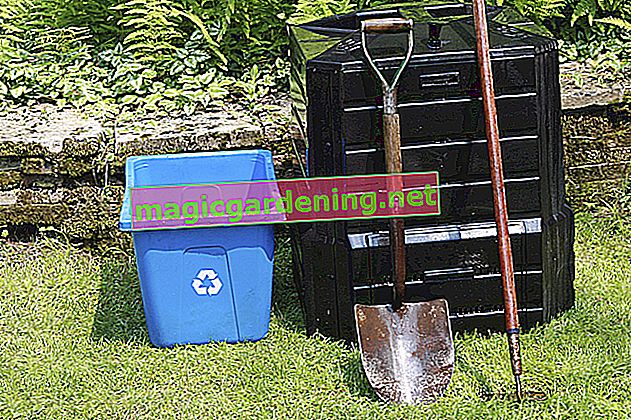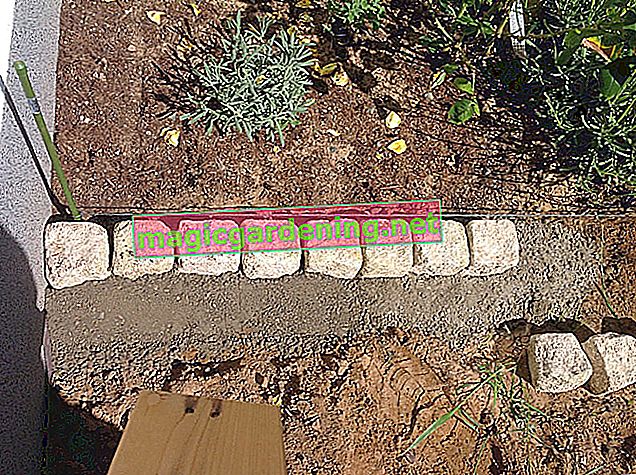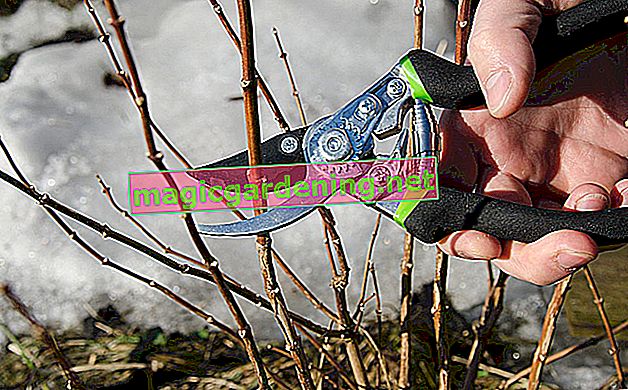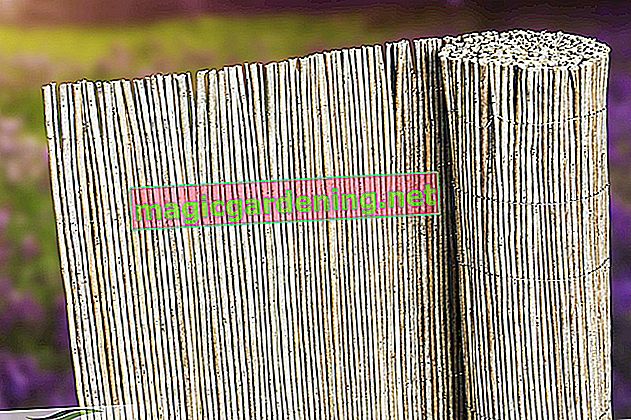
Cut back the leaves of the iris or not?
Due to a maximum height of 60 to 80 centimeters, it is usually not necessary to cut back the leaves of the iris. However, for reasons of personal aesthetics, you should not do this under any circumstances, as this can damage the growth of the plants. In the case of the iris, the leaf material must remain on the plants in autumn as it serves as an energy reserve for budding in the following year and is important for flower formation.
also read
- The best time to plant the iris in the garden
- Planting irises correctly: the most important tips
- Properly fertilize the iris in the garden
Cut back the inflorescences of the iris
After the flowering period, the withered inflorescences of the iris do not look particularly attractive. You can then cut them back to a height of about 8 to 10 centimeters. Use a sharp and clean knife to keep the irises healthy in the garden. This maintenance measure also serves to curb reproduction by self-sowing. Otherwise, if the seeds ripen on the plants, the iris can spread rapidly in the garden within a few years.
Cutting the roots when dividing
Larger clumps of the iris are dug up and divided at the same location after several years in order to counteract a decreasing number of flowers. It is advisable to pay attention to the following points when dividing:
- the shortening of the fine roots
- shortening the leaves
- careful planting and watering after pruning
As part of the transplanting process, the fine roots on the rhizomes should be shortened, especially immediately after the flowering period, so that new formation and rejuvenation can occur at the new location.
Tips & Tricks
In principle, the leaves of the iris should not be cut back. When dividing the rhizomes and after a root rejuvenation cut, you should shorten the leaves by about half, so that the leaf mass can also be adequately supplied by the temporarily reduced root mass.








